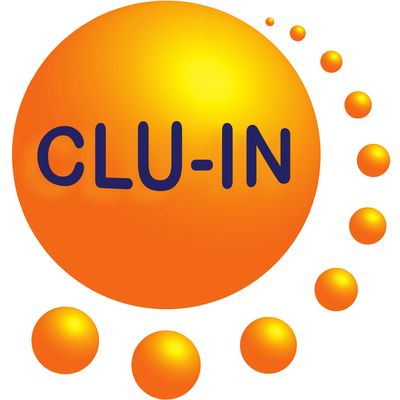Since 1998, The Contaminated Site Clean-Up Information (CLU-IN) website has presented Internet Seminars covering a wide variety of technical topics related to hazardous waste characterization, monitoring, and remediation. For each seminar topic, we have selected the highest-quality offering for placement in our archives. Beginning in May 2005, we began offering these archives via podcast, and this feed contains all seminars archived in the last 6 months. For a complete list of seminars archived since 2000 and videos of selected seminars archived since 2012, please visit http://clu-in.org/live/archive/. Our Rehabilitation Act Notice for reasonable accommodation is available at http://clu-in.org/training/accommodation.cfm. CLU-IN was developed by the U.S. Environmental Protection Agency (EPA) but is intended as a forum for all waste remediation stakeholders. For more information and to view upcoming live offerings, please visit http://clu-in.org/live/. For a complete list of RSS feeds available on CLU-IN, please visit http://clu-in.org/rss/about/.
http://www.clu-in.org/live/archive
Audio for "Superfund Research Program Progress in Research Webinar Part 2: University of Louisville, University of New Mexico, and University of Washington," Sep 4, 2018
This Superfund Research Program (SRP) Progress in Research webinar series highlights promising research from SRP Centers awarded grants in 2017. In this session, awardees from University of Louisville, University of New Mexico, and University of Washington will describe their research projects, accomplishments, and next steps. The University of Louisville SRP Center studies the cardiometabolic effects of volatile organic chemicals (VOCs) that are of high relevance to human health. Center researchers are conducting studies to unravel critical pathways of toxicity of VOCs found at Superfund and related sites. Center researchers are also creating new technologies to detect VOCs at low levels in air to enable future exposure assessment activities. The University of New Mexico Metal Exposure and Toxicity Assessment on Tribal Lands in the Southwest SRP Center (UNM METALS) focuses on risk reduction for Native Americans exposed to hazardous metals mixtures from abandoned uranium mine waste. UNM METALS emphasizes site-specific physical, mineralogic, and biogeochemical properties of the waste that alter immune function and DNA repair in tribal populations. They are also developing and testing novel cost-effective metals immobilization and removal strategies to reduce exposure risks in ways compatible with tribal culture. The University of Washington SRP Center is investigating the mechanisms and ramifications of metal neurotoxicity in humans and aquatic species. They are developing biological markers predictive of exposure, neurotoxic injury, and genetic determinants that underlie susceptibility to cadmium and manganese. They are also exploring the biogeochemical factors that govern the fate of metals, such as arsenic, in the environment. To view this archive online or download the slides associated with this seminar, please visit http://www.clu-in.org/conf/tio/SRPPIR6_090418/
